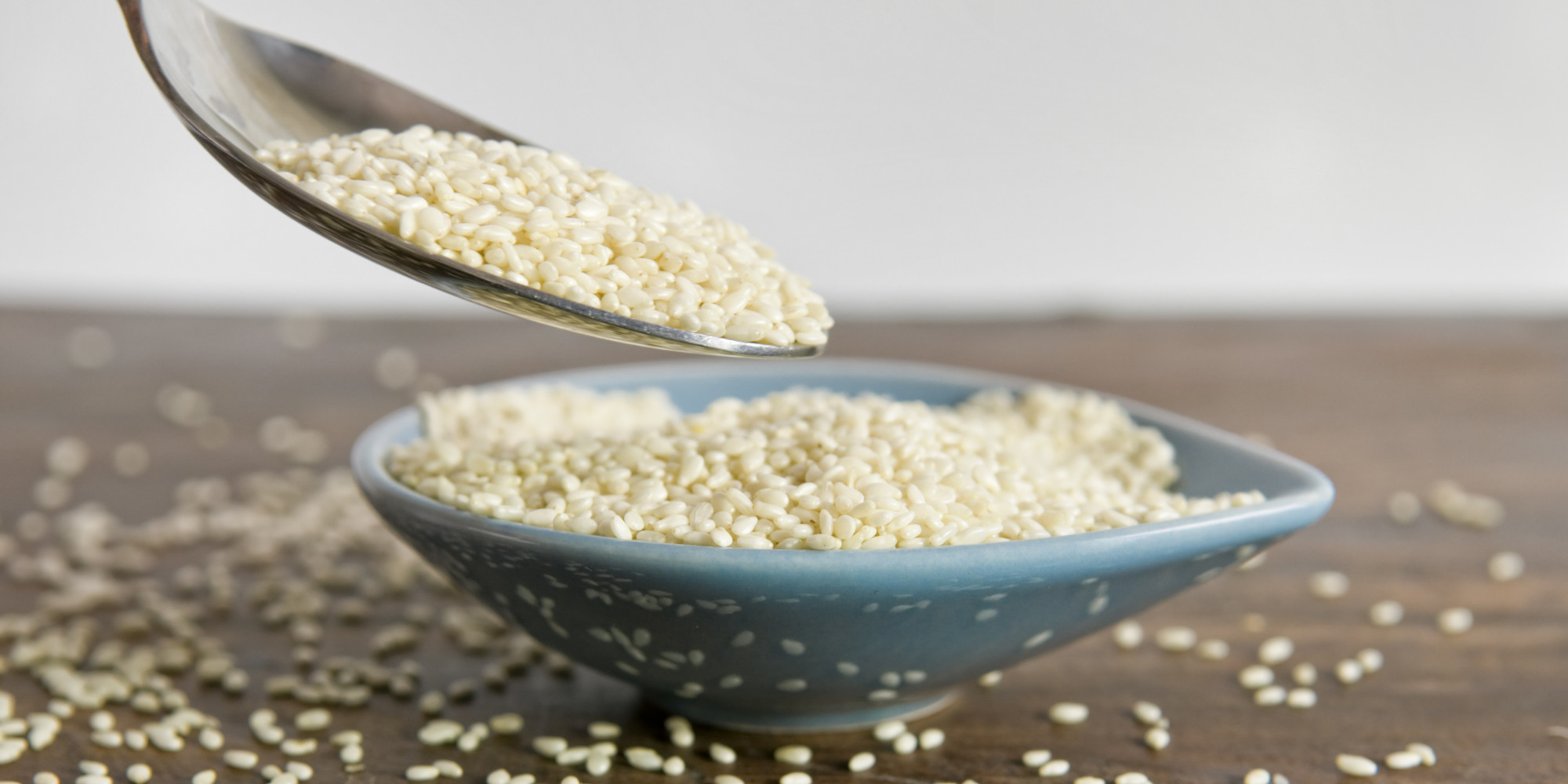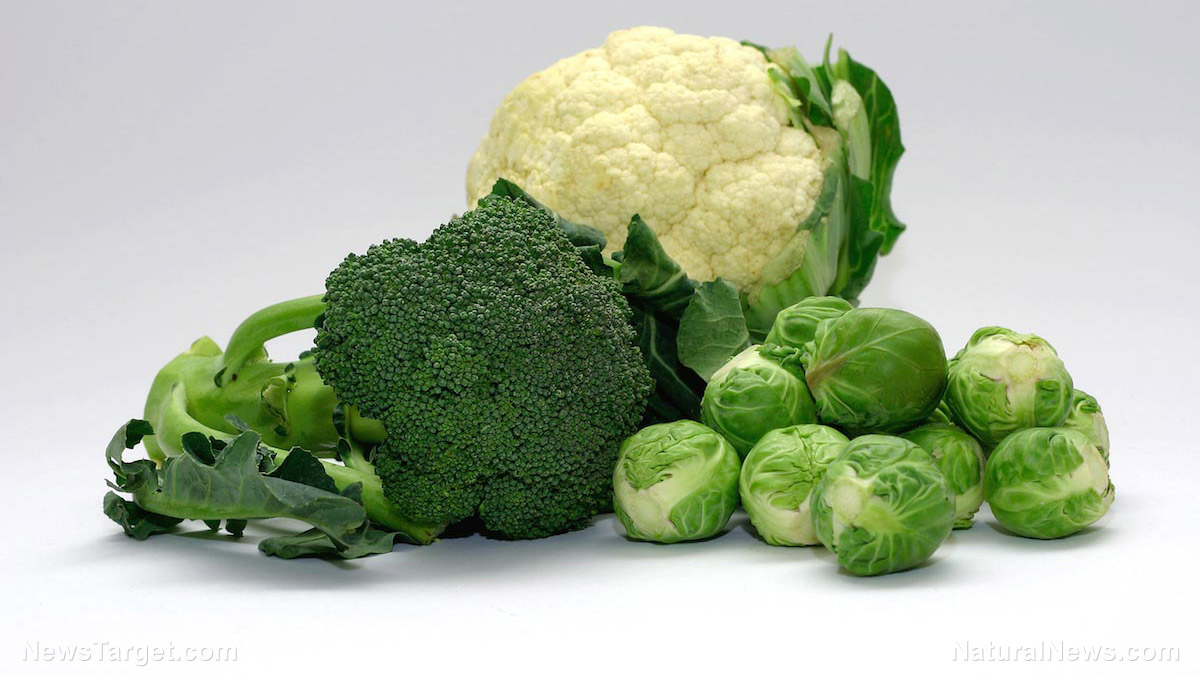The endless health benefits of broccoli
04/12/2018 / By Ralph Flores

People have given broccoli a bad name for far too long. When these small, green flower heads are on the plate, people would usually put them on the edge of the plate, not even looking at it. That’s too bad, really: This green, tree-like vegetable contains a lot of health benefits that could help improve overall health with regular consumption.
Broccoli (Brassica oleracea, Brassicaceae) is a relative of wild cabbage. In particular, the northern and western coasts of the Mediterranean sea have been abundant in wild cabbages for thousands of years. During this time, different variations appeared, including Brussels sprouts, cauliflower, collard greens, kale, and – of course – broccoli.
It’s easy to recognize broccoli: It has a thick stalk and densely-packed flower heads, resembling little trees – which are all edible. The most common types are green broccoli, but purple broccoli exists, as well as those which are greenish-yellow and develop into conical shapes.
Despite broccoli being a low-calorie vegetable, the tree-like veggie packs a lot of nutrients. It contains the same amount of protein as a cup of rice, with a third of the calories. It’s also rich in vitamins C, K, and A, as well as folate and soluble fiber.
When consumed, broccoli can be used to treat diseases stemming from nutrient deficiency. These include xerophthalmia (the abnormal dryness of the eyes caused by a lack of vitamin A), infantile scurvy (a disease rooted on vitamin C deficiency), and anemia (a condition caused by folate deficiency). Based on a study, people who consumed 200 g of broccoli daily for seven days showed an increase in the carotenoid lutein and vitamin E.
Broccoli also contains important secondary metabolites which improve the body’s detoxification and protect against free radicals and oxidative stress. In particular, glucoraphanin, an ingredient found in broccoli, has been proven to eliminate environmental pollutants and carcinogens through the urine. Another ingredient, sulforaphane, demonstrated an antibiotic effect on Helicobacter pylori, which causes stomach ulcers, gastritis, and ultimately, gastric cancers. (Related: Broccoli delivers a one-two punch to prevent cancer development and progression.)
The best way to maximize the benefits of broccoli, according to studies, is to get it fresh: Any yellowing or wilting indicates a nutrient loss, and freezing broccoli depletes the quality of its nutrients. Steaming, in particular, increases its antioxidant levels and provides access to its phenols and flavonoids.
A simple way to enjoy broccoli
Of course, if you don’t like eating just steamed broccoli, here’s a simple way to make it flavorful and keep its nutrition all at the same time.
Steamed Broccoli with Olive Oil, Garlic, and Lemon
What you will need:
- 3/4 lbs of broccoli
- 1 garlic clove
- 1 1/2 tablespoons of olive oil
- 1 1/2 teaspoons of fresh lemon juice
How to do it:
- Chop off the tough lower third of the broccoli stem, and peel the remainder.
- Cut the broccoli crosswise into slices that are 1/2-inch thick, then cut it into two-inch florets (or small flowers)
- Pour water into a steamer, and bring it to a boil. Set broccoli over boiling water steam and cover. Wait for four to five minutes, or until broccoli is crisp and tender.
- While the broccoli is steaming, mince one garlic clove. Combine it with olive oil, lemon juice, and salt and pepper to taste. Heat the garlic mixture over moderate heat until the garlic becomes fragrant.
- Toss the garlic mixture with the broccoli and enjoy.
Want to know even more benefits from broccoli? Head over to Food.news today.
Sources include:
Tagged Under: antioxidants, Brassica oleracea, Brassicaceae, broccoli, clean foods, cruciferous vegetables, digestion, flavonoids, Free radicals, functional food, greens, grocery, nutrient deficiency, nutrition, Organic, oxidative stress, phenols, stomach ulcers, vegetables, Veggies, vitamins
RECENT NEWS & ARTICLES
COPYRIGHT © 2017 PREVENT CANCER NEWS




















